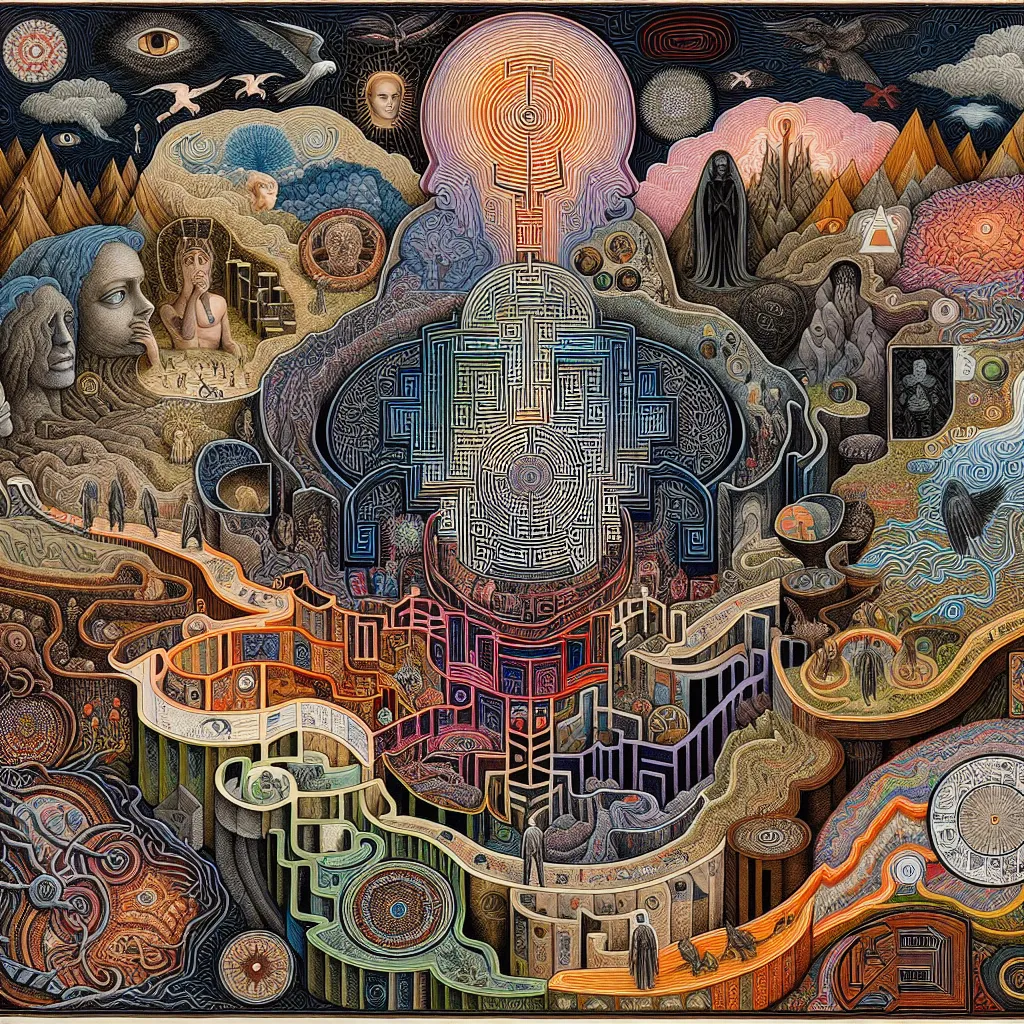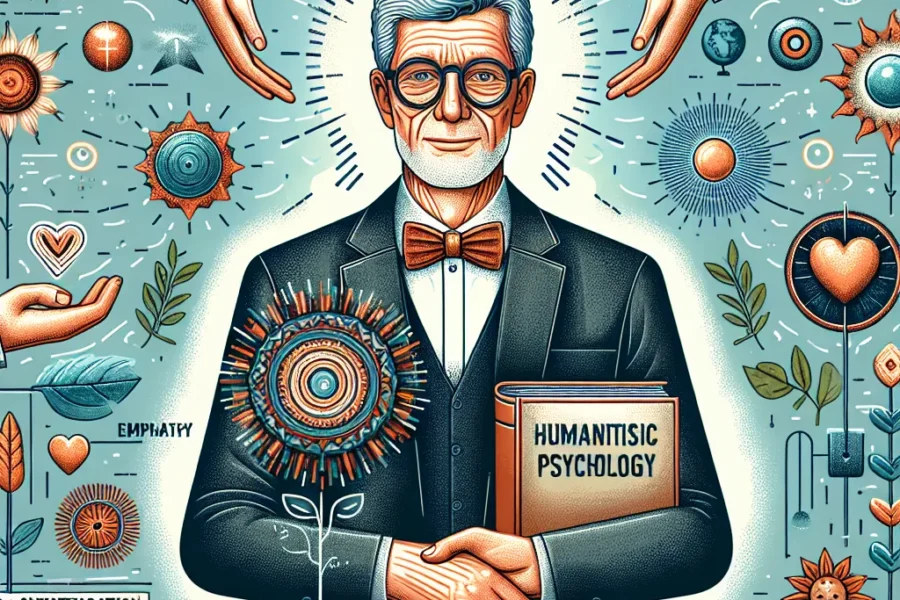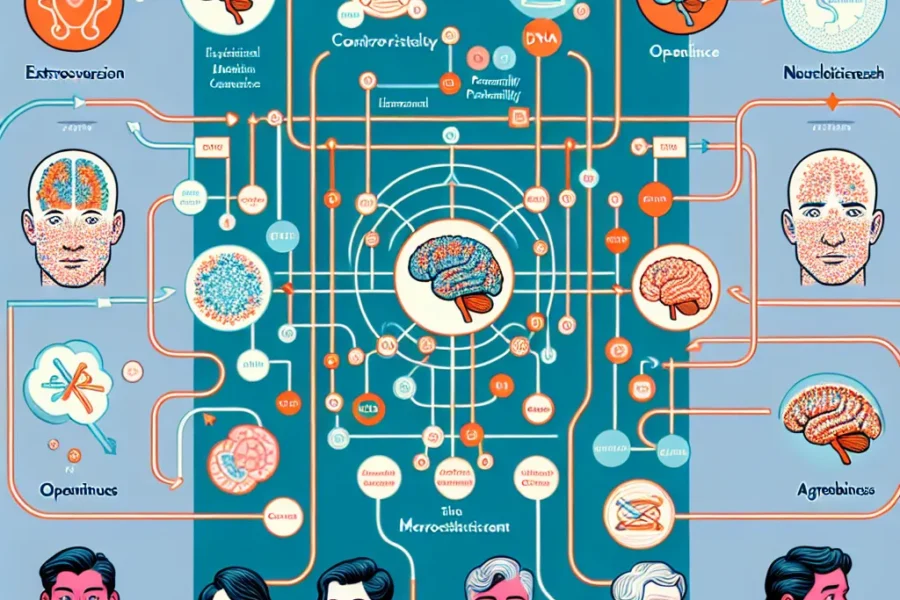Unraveling the Complexity of the Unconscious Mind with Carl Jung
The human mind is a vast and intricate realm filled with endless potential and enigmatic puzzles. One of its most captivating mysteries is the unconscious mind—a concept thoroughly explored and expanded upon by the Swiss psychiatrist Carl Jung. His pioneering work has provided invaluable insights into understanding the complexities of the human psyche and the power of the unconscious. This article delves into the labyrinth of the unconscious mind as illuminated by Jung, exploring its influence on behavior, emotions, dreams, and our ultimate quest for self-realization.
Carl Jung, a luminary in psychoanalytic theory, introduced several groundbreaking ideas that have shaped the way we comprehend the unconscious mind. Jung described the unconscious as containing elements that are not within our immediate awareness yet significantly influence our thoughts and behavior. He differentiated the personal unconscious from the collective unconscious, two spheres teeming with symbols and archetypes fundamental to human experiences across cultures and times.
At the core of Jung’s theory is the personal unconscious, which harbors forgotten memories, repressed experiences, and individual complexes. This aspect of the unconscious consists of content unique to each person, developed from their own life experiences. Jung believed that by engaging with the personal unconscious through methods like dream analysis and active imagination, individuals could uncover hidden aspects of themselves, leading to profound personal growth and transformation.
Simultaneously, Jung introduced the concept of the collective unconscious, a reservoir of shared human experiences and archetypes that transcend individual history. He argued that this part of the psyche is inherited, rather than developed, and contains universal symbols and motifs—archetypes—that emerge in myths, fairy tales, and even modern narratives. These archetypes, such as the Mother, Hero, Shadow, and Anima/Animus, represent common aspects of the human experience and manifest in individual lives, informing personal narratives and influencing behavior.
The Shadow archetype, one of Jung’s most influential concepts, represents the unconscious part of the personality comprising qualities that the conscious ego does not identify with. According to Jung, confronting and integrating the Shadow is a decisive step in achieving wholeness, a process he termed ‘individuation.’ Through confronting these darker aspects, individuals can reconcile their conscious and unconscious selves, leading to personal enlightenment and a more balanced psyche.
Dreams hold a special place in Jung’s analysis of the unconscious, as he considered them windows into the unconscious mind, revealing conflicts, desires, and archetypal symbols. Jung encouraged the exploration of dream content as a bridge to the unconscious, enabling individuals to decode the messages from their deeper selves. He asserted that dream symbols should not be taken at face value but interpreted in the context of the dreamer’s personal life and psyche.
Another revolutionary idea introduced by Jung is synchronicity—meaningful coincidences that seemingly have no causal relationship yet bear significant personal relevance. Jung believed that synchronicity demonstrated the interconnectedness of the unconscious mind with the greater fabric of reality, suggesting a realm beyond our tangible experience that can influence our lives in mysterious ways.
Throughout his work, Jung emphasized the importance of developing a harmonious relationship with the unconscious mind, advocating for the integration of its elements into conscious awareness. He saw this integration as the key to self-realization and the full expression of the human potential. The individuation process calls for accepting and understanding the various components of the psyche, including those that are unconscious, to reach a state of inner harmony and wholeness.
Jungian therapy continues to help individuals explore the depths of their unconscious mind, using techniques such as dream interpretation, art therapy, and dialogue with the different parts of the psyche. Jungian analysts guide clients in recognizing and confronting the unconscious elements that shape their lives, fostering self-awareness and healing. The therapeutic journey often leads to discovering personal meaning and purpose, as the individual uncovers the stories and patterns that lie beneath the surface of their conscious mind.
Understanding the influence of the unconscious is not only a personal journey; it has implications for society as a whole. By recognizing the archetypes at play within the collective unconscious, we can gain insight into cultural phenomena, social behaviors, and historical events. This perspective can foster empathy and understanding across diverse groups, recognizing the shared human experiences that connect us all.
In conclusion, the work of Carl Jung has profoundly influenced our understanding of the unconscious mind, offering a rich and nuanced perspective on the hidden forces that shape our lives. His concepts of the personal and collective unconscious, along with the theory of archetypes, have provided a framework for exploring the depths of the human psyche, contributing to the fields of psychology, philosophy, art, and beyond. By engaging with Jung’s ideas, we can embark on a journey of self-discovery, confronting the complexities of the unconscious and embracing the process of individuation. The path to unraveling the mysteries of the unconscious is an ongoing quest—a quest that promises a deeper connection with ourselves and the collective human experience.



Leave a Comment